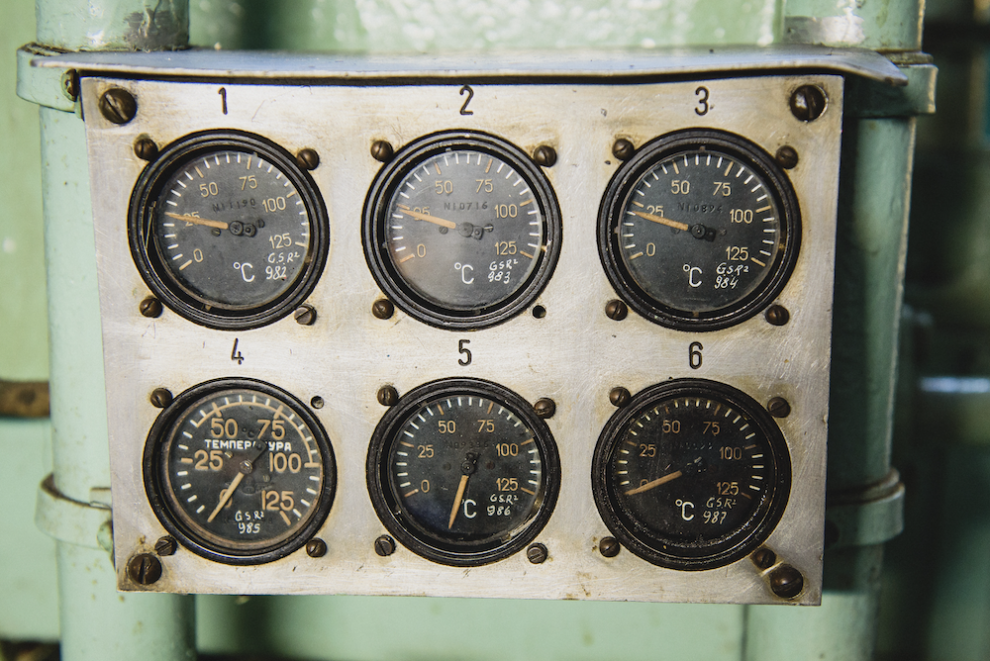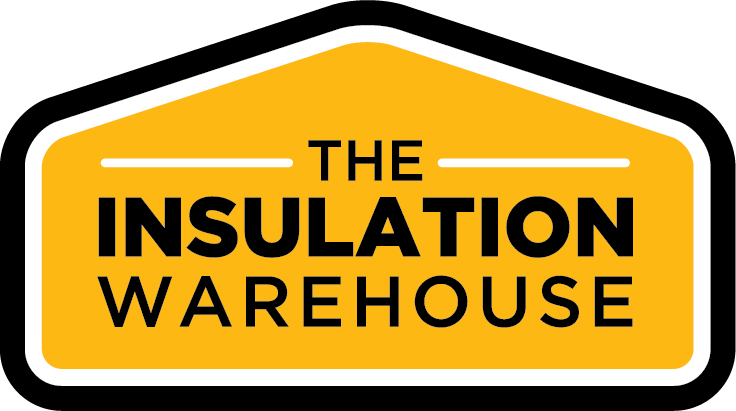This week’s question comes from Fred (paraphrased):
What is the standard for installing heating at residential rental properties?
A well-timed question!
Regrettably, there isn’t a straightforward answer. Why? Because the entire rental industry has found ourselves smack-bang in the middle of a strange twilight
zone bookended by the Home Improvement Regulations (HIR) that our Tenancy Tribunal is bent on interpreting inconsistently and the yet-to-be-enforceable Healthy Home Standards (HHS) which can only be described as ambiguous at best (at least on this point). For the time being, at
least, the issue of heat source provision at rental properties is undefined.
zone bookended by the Home Improvement Regulations (HIR) that our Tenancy Tribunal is bent on interpreting inconsistently and the yet-to-be-enforceable Healthy Home Standards (HHS) which can only be described as ambiguous at best (at least on this point). For the time being, at
least, the issue of heat source provision at rental properties is undefined.
Let us explain in parts.
HIR is the current authority for heat source provision at rental properties. Regulation 6 stipulates that ‘every living room shall be fitted with a fireplace and chimney or other approved form of heating‘.
A brief and unfortunate legislative history: the HIR traces its origin to the now defunct Housing Improvement Act of 1945 (the HIA). Though the HIA
had been repealed, the HIR subsisted. Many factors contributed to the demise of the HIA one of which was the inherent policy contradiction of regulating
and diminishing an owner-occupier’s freedom to live as he/she would like. All in all, suffice to say, that the HIA was short-lived and did not give
the HIR the thrust necessary to provide clarity in the matter at hand. A legal quagmire so to speak.
A brief and unfortunate legislative history: the HIR traces its origin to the now defunct Housing Improvement Act of 1945 (the HIA). Though the HIA
had been repealed, the HIR subsisted. Many factors contributed to the demise of the HIA one of which was the inherent policy contradiction of regulating
and diminishing an owner-occupier’s freedom to live as he/she would like. All in all, suffice to say, that the HIA was short-lived and did not give
the HIR the thrust necessary to provide clarity in the matter at hand. A legal quagmire so to speak.
Two consequences making everything even more problematic. Firstly, no list of ‘other approved form of heating’ actually exists (at least not in Auckland).
Secondly, from our reading of Tribunal decisions across time, it seems that the HIR while being universally acknowledged as the authority in the matter,
is not being applied consistently across the board. There was a time when the Tribunal would consider a power point a sufficient heat source at
the rental property. That time seems to have passed. If the recent decisions are anything to go by, it would seem that the flavour du jour is to require
landlords to go a step further by actually providing a form of heating.
Secondly, from our reading of Tribunal decisions across time, it seems that the HIR while being universally acknowledged as the authority in the matter,
is not being applied consistently across the board. There was a time when the Tribunal would consider a power point a sufficient heat source at
the rental property. That time seems to have passed. If the recent decisions are anything to go by, it would seem that the flavour du jour is to require
landlords to go a step further by actually providing a form of heating.
Note that this also doesn’t take away the general duty for the landlord to maintain and repair. If the tenancy comes with a form of heat source, then the
landlord has to maintain, repair and replace (to a like-for-like standard) said heat source throughout the tenancy.
landlord has to maintain, repair and replace (to a like-for-like standard) said heat source throughout the tenancy.
For the time being, the answer to the question hinges on how the rental property is supplied in the first place, i.e. with or without heating.
It is not clear whether the incoming HHS has the potential of resolving this problematic inconsistency once and for all. Though not having a mandatory
requirement for heat pumps across the board is indeed a relief, one cannot help but wonder whether the minimum temperature requirement would only serve
to create further uncertainty. What has been announced so far is the framework of the HHS. The finer details are yet to come. The government has indicated
that it will be providing clarity in the matter of heat provision by publishing an online calculator helping landlords and tenants work out the minimum
kilowattage of heat source required for each rental property (it has something to do with room size, layout and a whole bunch of complicated math).
The take-home for now at least is this, some properties will need a heat pump while others will not. Which one is which? No one knows.
requirement for heat pumps across the board is indeed a relief, one cannot help but wonder whether the minimum temperature requirement would only serve
to create further uncertainty. What has been announced so far is the framework of the HHS. The finer details are yet to come. The government has indicated
that it will be providing clarity in the matter of heat provision by publishing an online calculator helping landlords and tenants work out the minimum
kilowattage of heat source required for each rental property (it has something to do with room size, layout and a whole bunch of complicated math).
The take-home for now at least is this, some properties will need a heat pump while others will not. Which one is which? No one knows.
‘But hold on APIA’, you may say, ‘Aren’t you the organisation that makes a big song and dance about landlords being responsible and decent human beings?
Shouldn’t you be telling your members to install a heat pump at a time when landlords are already getting a bad rap?!’ Well, yes, we do represent responsible
landlording, but we also believe in market forces and a landlord’s freedom to choose/make business decisions. Our concern, for now, is that we don’t
want landlords to go out there and act on bad/no information which is very much the case when we are talking about heating at rental properties. Say
on the basis of what we know (and don’t know) about the HHS right now someone goes out there tomorrow to buy the biggest heat pump he can find only
to discover later that it is entirely redundant and that a smaller heater would have sufficed. Would it be right that this landlord is made to incur
the additional cost and the tenant to suffer the financial burden of an increase in rent? We don’t always think so. Not that we are against premium
rentals. Our long-time member James Goren, who owns and has renovated many rental
properties, always puts heat pumps in his renovations. Simply put, premium rentals attract premium tenants; premium tenants tend to be long-term, less
disruptive and the source of better return for investors. QED. The point is, he has the freedom to make that choice as should everyone else.
Shouldn’t you be telling your members to install a heat pump at a time when landlords are already getting a bad rap?!’ Well, yes, we do represent responsible
landlording, but we also believe in market forces and a landlord’s freedom to choose/make business decisions. Our concern, for now, is that we don’t
want landlords to go out there and act on bad/no information which is very much the case when we are talking about heating at rental properties. Say
on the basis of what we know (and don’t know) about the HHS right now someone goes out there tomorrow to buy the biggest heat pump he can find only
to discover later that it is entirely redundant and that a smaller heater would have sufficed. Would it be right that this landlord is made to incur
the additional cost and the tenant to suffer the financial burden of an increase in rent? We don’t always think so. Not that we are against premium
rentals. Our long-time member James Goren, who owns and has renovated many rental
properties, always puts heat pumps in his renovations. Simply put, premium rentals attract premium tenants; premium tenants tend to be long-term, less
disruptive and the source of better return for investors. QED. The point is, he has the freedom to make that choice as should everyone else.
Anyway, coming back to point, this is what we recommend:
For those rentals that come with a heat source – The landlord continues to maintain, repair and replace (to a like-for-like standard)
throughout the tenancy.
throughout the tenancy.
For those rentals that do not come with a heat source – If it can be avoided then we recommend holding off installing until the government
calculator goes live. If it cannot be avoided, then we recommend installing a higher kilowattage heat source to be on the safe side.
calculator goes live. If it cannot be avoided, then we recommend installing a higher kilowattage heat source to be on the safe side.
If you want to know more about the HHS, take a look at this first-reaction AMA style video here with Andrew King of the NZPIF.
Also, massive thanks to Scotney Williams of Tenancy Practice Services for helping us provide this
answer with more completion and context. You are awesome!
answer with more completion and context. You are awesome!
Do you have any tenancy related questions? Write to us at [email protected] or hit us up on our social channels here and here.













Add Comment